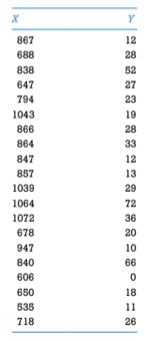As outlined in the "Myth Exposed" feature box, on which pathway did the NAACP focus in its efforts to support public school integration through busing?Why did the NAACP pursue this pathway?
What are two other pathways that it could have pursued, and why did it not pursue these pathways?
What will be an ideal response?
An ideal response will:
1, Identify litigation through the courts as the pathway the NAACP pursed in its efforts to support public school integration through bussing.
2, Explain why the NAACP took the litigation pathway, which is simply that it was the only pathway that appeared open at the time.
3, Describe two other pathways that the NAACP could have pursued, such as changing state laws, changing the federal law, voting existing politicians out of office, etc.
4, Describe obstacles to using each of these pathways. Three such obstacles are described here. States were fully entrenched in Jim Crow laws and were unlikely to change them. Congress was unlikely to enact laws that overturned Jim Crow because of the influence of Southern members of Congress. Voting Southern politicians out of office would have been difficult, because African Americans were seldom allowed to vote.
You might also like to view...
__________—the principle of the two-house legislature—reflected delegates' belief in the need for balanced government
Answer:
After voter dealignment peaked in the mid-1980s, how did voting behavior change?
a. electorate polarization disappeared b. ticket-splitting increased c. voter turnout increased d. voter attachment to party increased e. transference from one party to the other increased
When a government spends more in a given fiscal year than it receives in revenue than it has a
a. budget deficit. b. subsidy. c. free market capitalism system. d. budget surplus. e. social democratic system.
Use the following data to answer the questions below:

a. Find the regression coefficients (the intercept and slope coefficients).
b. Estimate the standard error of the residuals about the regression line.
c. Find the value of R2.